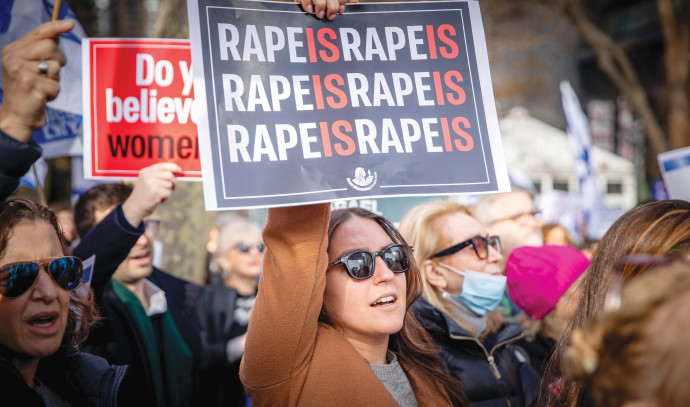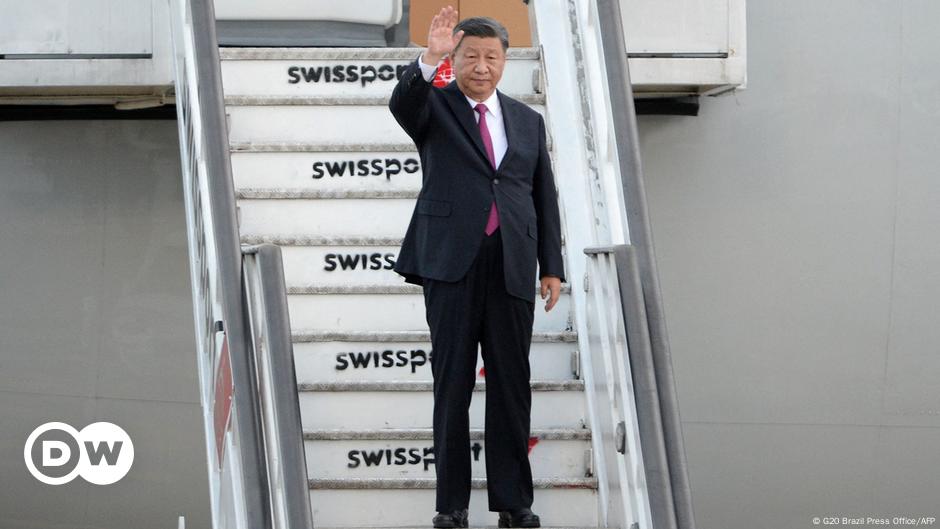The Trudeau government’s new immigration targets will lessen Canada’s housing shortage in the years to come, says a Parliamentary Budget Officer (PBO) report.
As long as Liberal immigration targets hold, the housing gap is expected to fall by 45%, reported the Canadian Press.
This year’s Immigration Levels Plan will cut back the number of permanent residents Canada accepts through 2027, from 485,000 this year to 395,000 in 2025, followed by subsequent 15,000 person cuts in 2026 and 2027.
PBO projections hold if temporary residents on expired permits or visas actually leave the country, it said. The agency admits the housing gap under new immigration targets remains uncertain.
The Department of Immigration plans to reduce temporary resident numbers from 6.5% of the total Canadian population to 5% over the next three years after numbers exploded to 7.3% earlier this year.
“By his own admission … Liberal immigration policies have caused massive housing … shortages,” Pierre Poilievre, the Conservative leader, told Global News.
“And now he's [Prime Minister Justin Trudeau] basically denouncing his entire immigration policy and expecting us to believe that he can fix the problems that he caused,” he said.
Reports show Canada needs an additional 3.5 million housing units — in addition to homes already scheduled to be built — to restore affordability by 2030. The Canada Mortgage and Housing Corporation previously noted Canada was on pace to grow the housing stock by 2.3 million units by the end of the decade.
The PBO report revised those targets from an additional 1.2 million to 534,000 housing units.
A statement from Immigration Minister Marc Miller's office acknowledged the report’s findings but refused to blame the housing crisis on newcomers.
“Immigrants are not to blame for the housing crisis and they, like everyone who lives in Canada whether temporarily or permanently, deserve to be set up for success while they are,” read the emailed statement to the Press.
“While an adjustment in immigration levels is helping to reduce the strain on our housing supply, it is also true that immigration and newcomers to Canada will continue to have an important role to play in helping us grow the housing supply,” Miller's office said.
Prime Minister Trudeau ignored prior in-house warnings that ‘mass immigration’ would wreak havoc on housing. Dated June 24, 2022, a classified memorandum addressed to the prime minister placed the blame squarely on his shoulders for Canada's unaffordable housing.
According to documents obtained by The Counter Signal, Trudeau received a secretive memo from the Secretary of the Cabinet, Janice Charette. It claimed his then-immigration quotas worsened the housing crisis.
“This rampant incompetence has caused human misery, both for newcomers and for multigenerational Canadians,” Pierre Poilievre, the Conservative leader, told Global News.
Last year, the Department of Immigration reported that 471,550 immigrants were admitted to Canada under federal quotas. Additionally, there were 766,520 temporary foreign workers and 1,040,985 recipients of foreign study permits.
Had the Trudeau government maintained prior immigration levels over the next two decades, rent in major cities could have rendered most Canadians homeless.
Concordia University predicted rent would have surpassed $5,600 in major cities, as first reported by True North.
A 1% uptick in immigrants correlates to a 0.6% hike in rent prices, said Erkan Yönder, associate professor of real estate and finance. For non-permanent residents, a 1% increase would spike rents by 2%.
“The average mortgage payment has gone from $1,400, the day Trudeau promised to make housing affordable, to $3,500. That's two and a half times higher,” Poilievre previously told reporters.
“Canadian immigration and housing policies have been out of sync for decades,” Yönder added.

Alex Dhaliwal
Calgary Based Journalist
Alex Dhaliwal is a Political Science graduate from the University of Calgary. He has actively written on relevant Canadian issues with several prominent interviews under his belt.

 By Rebel News | Created at 2024-11-19 21:53:16 | Updated at 2024-11-24 15:06:29
4 days ago
By Rebel News | Created at 2024-11-19 21:53:16 | Updated at 2024-11-24 15:06:29
4 days ago








